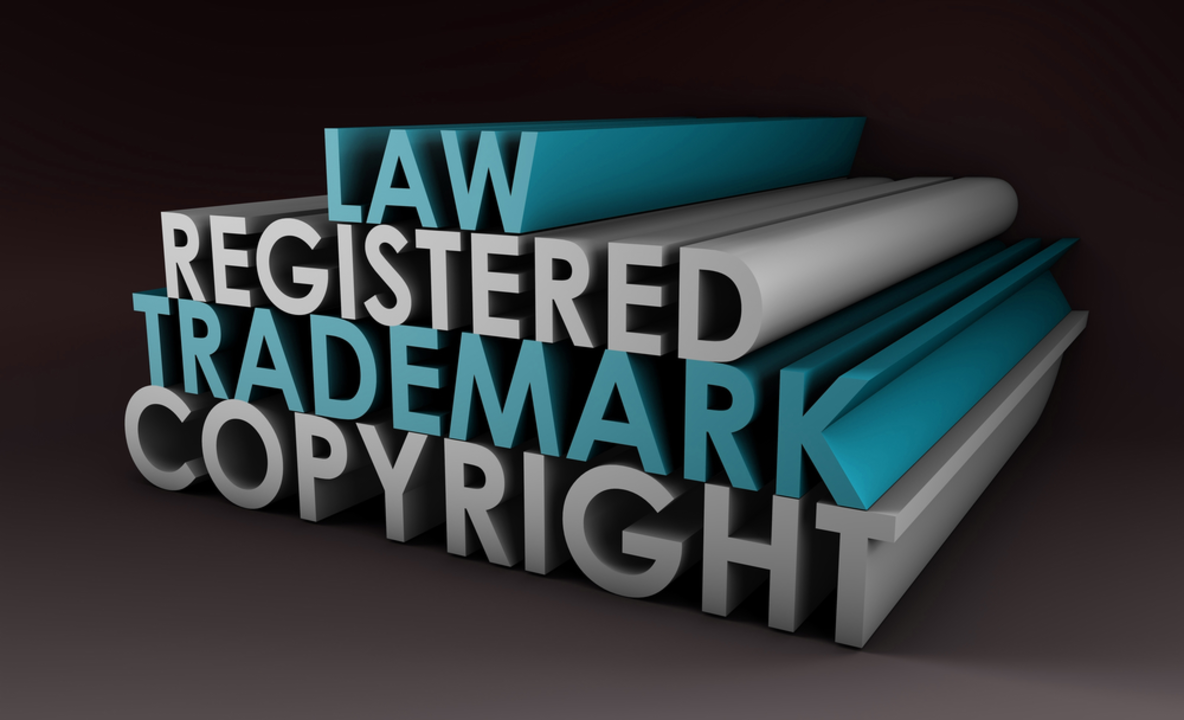International Trademark Guide: Protect Your Brand Globally
If you’ve built a logo, a name, or a catch‑phrase that people love, you’ll want to keep it safe wherever you do business. An international trademark does exactly that – it gives you legal rights to stop others from copying your brand in multiple countries. In this guide we’ll break down the basics, show you the main filing routes, and point out the mistakes most newcomers make.
Why You Need an International Trademark
First off, a national trademark only works in the country where you filed it. If you sell merch online and a fan in France starts using your logo, a UK‑only registration won’t stop them. An international trademark extends protection to the markets you care about, so you can enforce your rights without filing separate applications in each place.
Second, having a global registration builds credibility. Partners, investors, and customers see that you’ve taken the step to protect your brand and are more likely to trust you. It also makes licensing deals smoother because you can show a single, consolidated registration instead of a patchwork of national filings.
How to File Across Multiple Countries
The easiest way is through the Madrid System, run by the World Intellectual Property Organization (WIPO). You start with a home‑country registration – call it your “base” – and then file a single international application that lists the countries (or “zones”) where you want protection. WIPO forwards your request to each national office, which then examines it under their own laws.
Costs are lower than filing one‑by‑one because you pay a single filing fee plus a small charge for each designated country. The fee structure is transparent, and you can add more countries later without starting from scratch.
If the Madrid route doesn’t fit your needs – for example, if you need protection in a country that isn’t a member – you’ll have to file directly with that nation’s trademark office. That means more paperwork and higher fees, but sometimes it’s the only option.
Before you file, do a quick search in each target market. Even if you have a strong brand at home, a similar mark could already exist abroad and block your registration. Most national offices offer free or low‑cost search tools online.
Once your international application is accepted, you’ll receive a “registration” that’s recognized in all the chosen countries. Keep an eye on renewal dates – most jurisdictions require you to renew every 10 years, and WIPO sends reminders for the whole bundle.
Finally, remember that a trademark only protects the specific goods or services you list. If you sell both clothing and software, you need to cover both categories. Expanding your class list later is possible, but it adds extra fees and paperwork.
Protecting your brand across borders might feel overwhelming, but the Madrid System makes it straightforward. Start with a solid home registration, pick the markets that matter, and let WIPO handle the rest. Your brand’s future growth depends on the security you build today.

As a blogger, I've researched the best way to register an international trademark and found that the most efficient method is by using the Madrid System. This system, governed by the World Intellectual Property Organization (WIPO), allows you to file a single application to protect your trademark in multiple countries. The application process is simplified through a single set of fees and can be managed centrally. Additionally, any future changes, renewals, or expansions in protection can be easily handled through the Madrid System. In conclusion, registering an international trademark is made significantly easier and more cost-effective by using the Madrid System.
Read more
